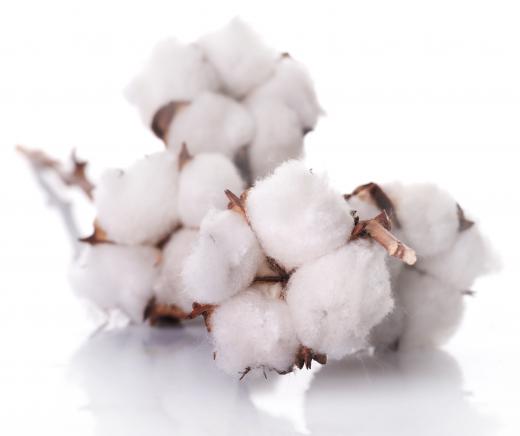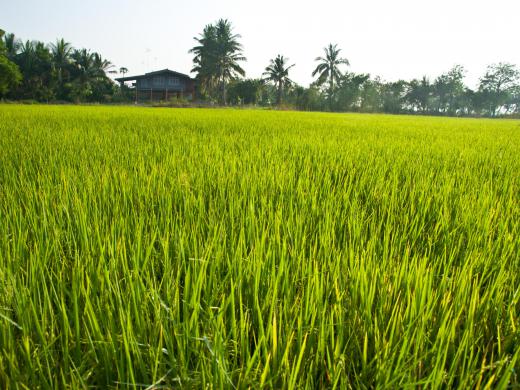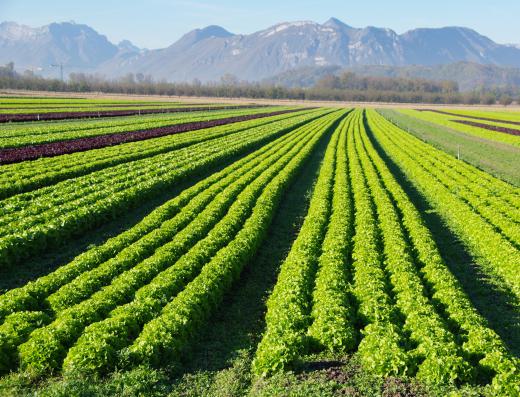The farming industry requires a broad range of agricultural equipment to perform the many functions of growing and harvesting crops and managing livestock. Agricultural equipment can include field machinery such as tractors, plows, wagons, hay bailers, and turbines. Agricultural equipment also includes portable farming tools that are used by workers. In addition, many agricultural centers include fixed equipment like tanks, conveyors, grain augers, cotton gins, and food processing equipment.
Agricultural machinery that is portable for use in the fields makes the job of farmers more efficient and allows for the handling of many arduous tasks that are beyond normal human capacity. Field agricultural equipment such as tractors can be used to carry heavy agricultural attachments like wagons, plows, harrows, hay bailers, and grain turbines. This farm equipment prepares soil for planting, harvests large amounts of crops, and is used to transport food and animal products to other areas for further processing. This equipment allows for large areas of land to be utilized for the growing of crops and a larger available food source.

An important aspect of work on a farm includes the use of agricultural tools to build, maintain, and repair various things. These tools can include specialized hand tools, gardening and landscape tools, livestock management tools, and power tools used to perform certain agricultural chores. Farm workers often carry tools around on other agricultural equipment or vehicles for on-the-spot adjustments and repairs to equipment and mechanical structures or to maintain herd control.

On most farms, there is also a wide variety of agricultural equipment that stays in place for use by agricultural workers to handle frequent tasks. Cotton gins and grain augers are used to strip down grains and fibers into usable forms. Automated farm equipment may control entrances, lights, and temperature inside barns. Milking gates, suction devices, hoses, and tanks process milk for human consumption. Hay, feed, produce, and waste conveyors are stationary, but they move materials from one place to another.

Generally, agricultural equipment is created to serve a certain purpose for each varying fields within the agricultural industry. For example, farm machinery for grain harvesting is vastly different than equipment that is used in animal products processing. While all this equipment is used to bring in revenue for the farm, each machine has unique characteristics to perform its work.
